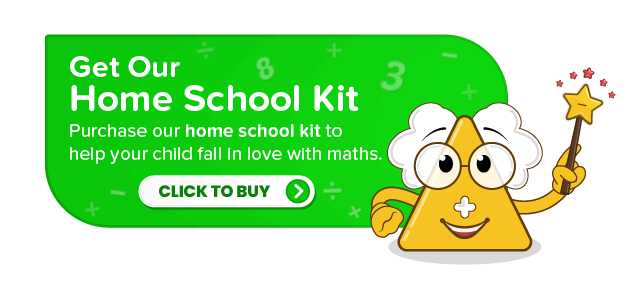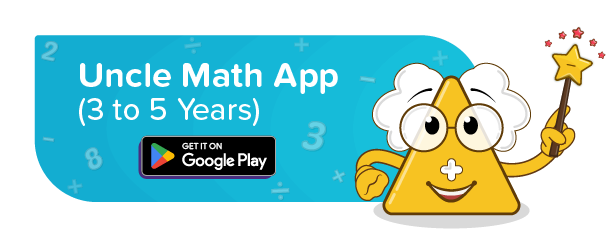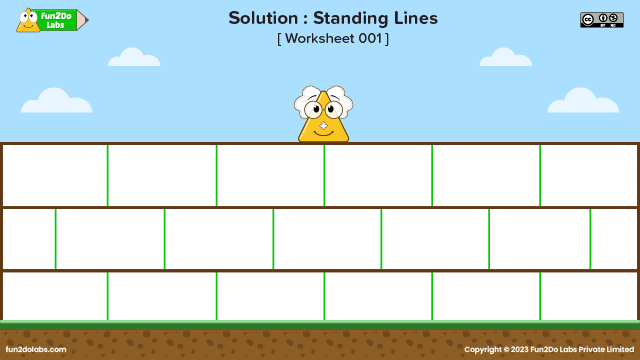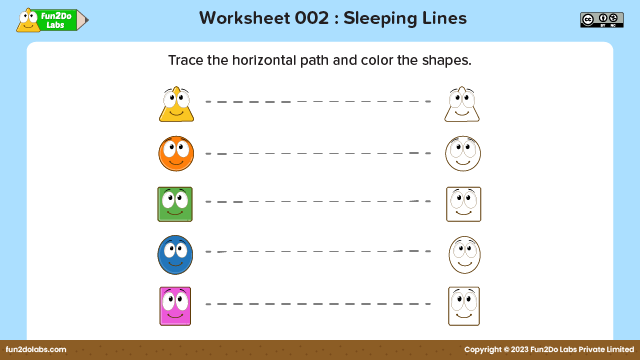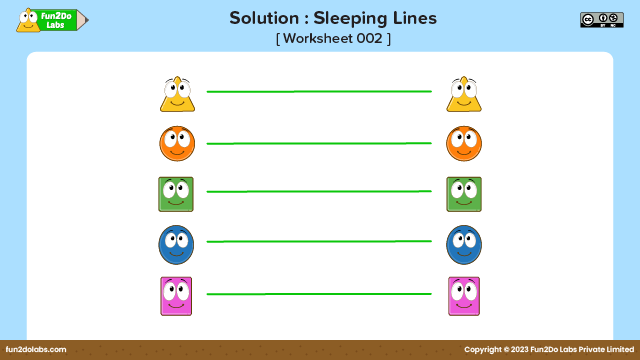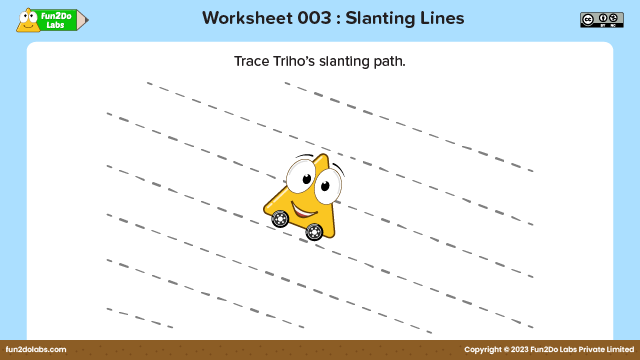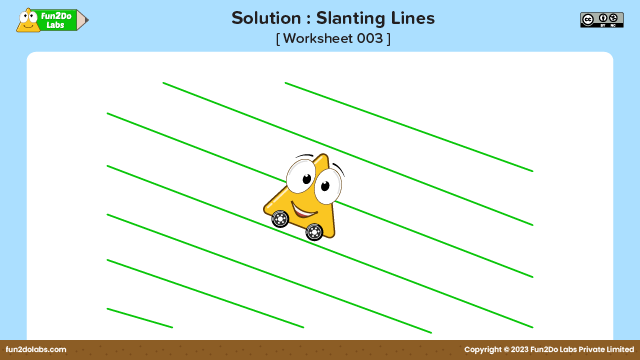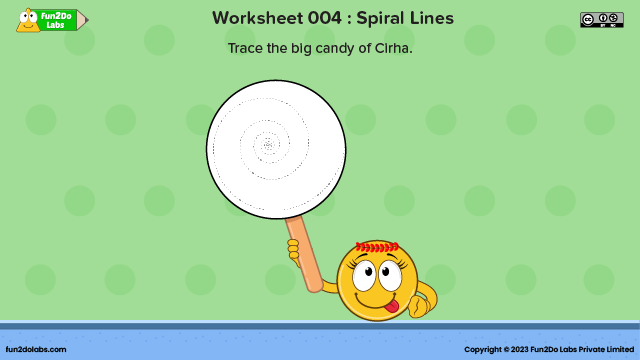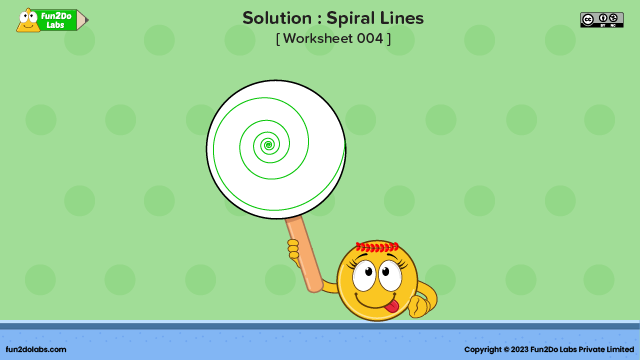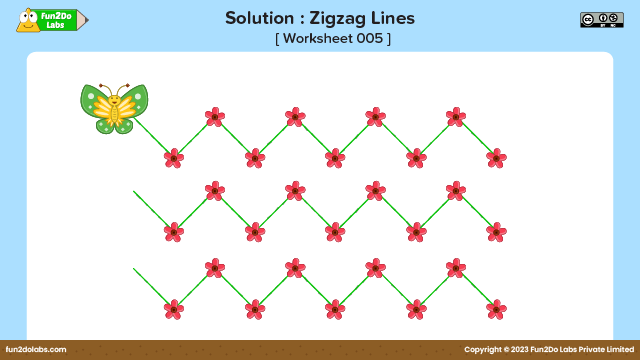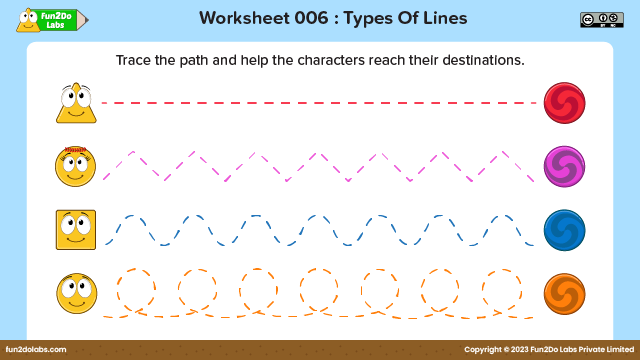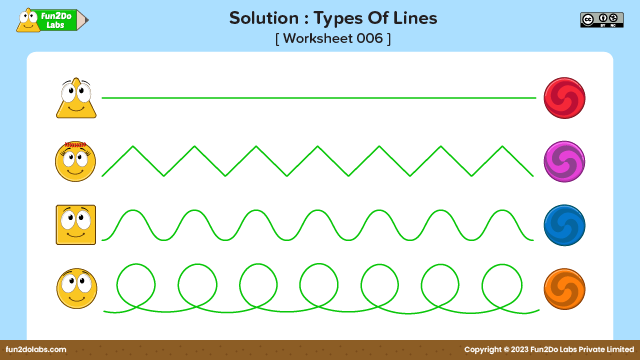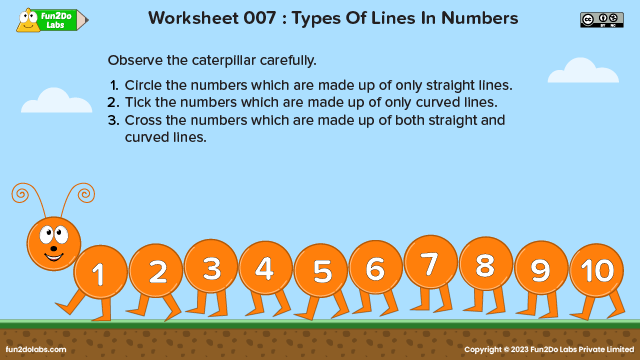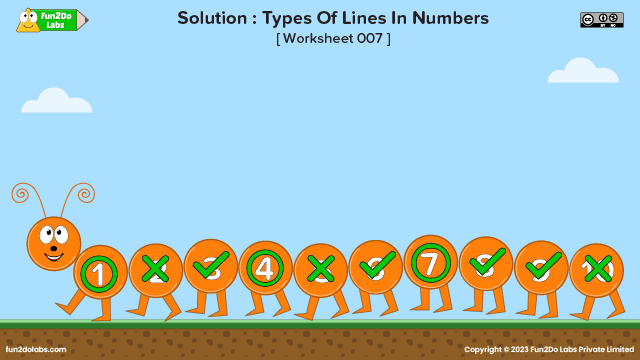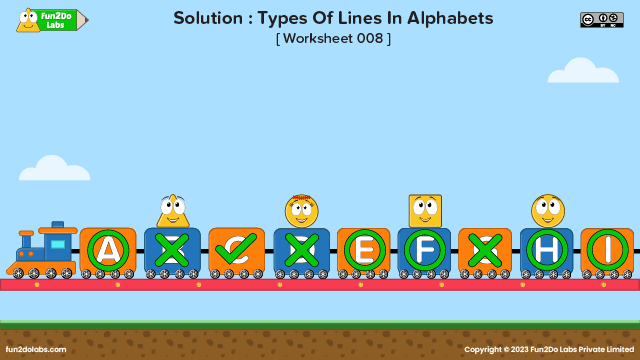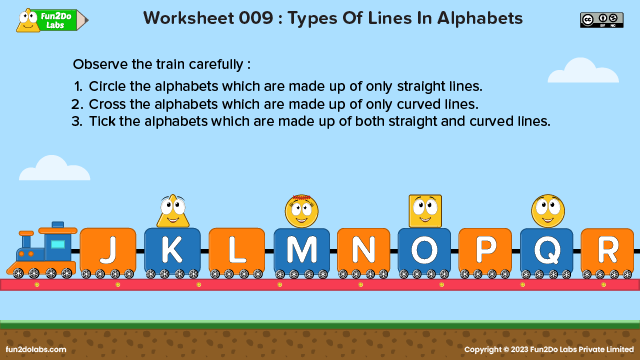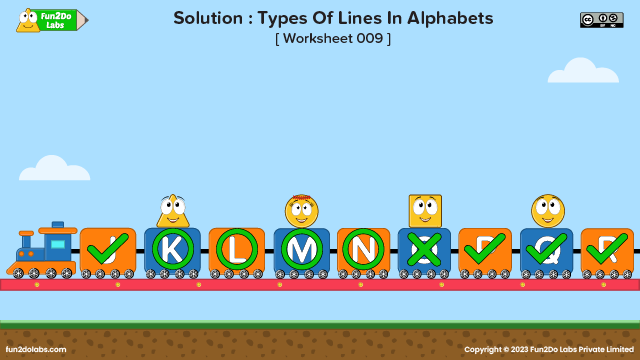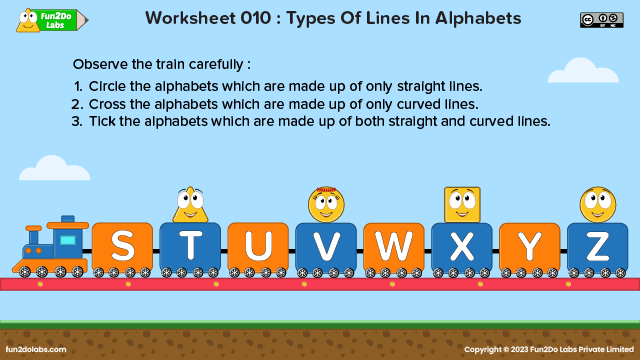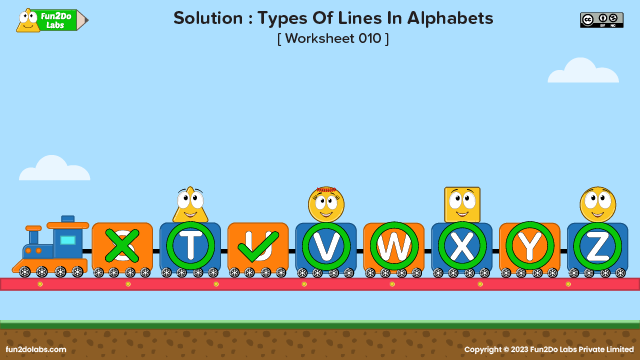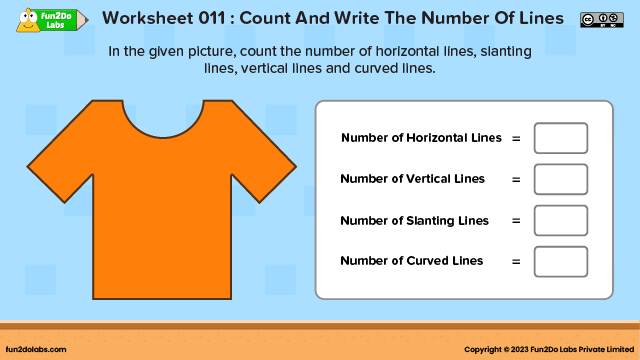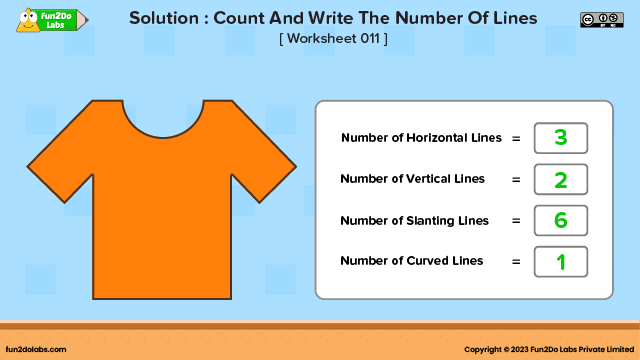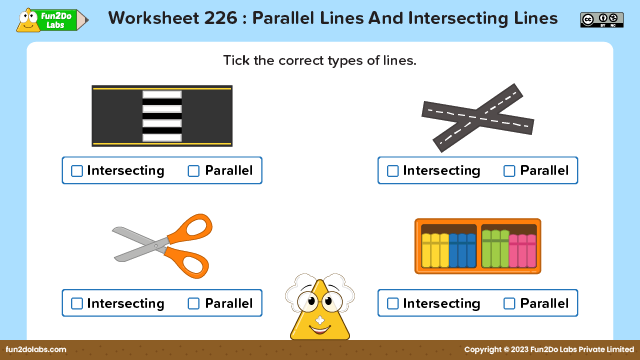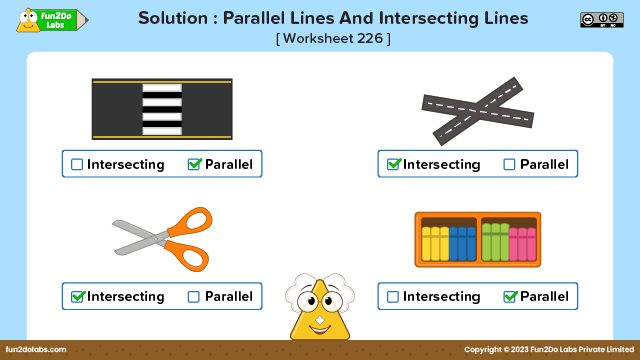
In our daily lives, lines are everywhere and they are an integral part of our world. This article will prove to be a great help for parents as they introduce their little ones to different types of lines and their usage in their daily lives. Have fun exploring the lines at Fun2Do Labs.
Introduction to Lines
A line is the most basic visual element. Lines can be used to define shapes and figures. Learning about a line will help kids write alphabets and numbers easily. Lines act as the foundation for learning geometry in higher classes.
What is a ‘Line’?
- A line is defined as the path of a moving dot.
- A line has no starting and ending point.
- Lines can vary in direction and thickness.

- Lines are of different types. There are two types of basic lines, which are further classified into different types.
- Straight line : standing or vertical line, sleeping or horizontal line, slanting or diagonal line, zigzag line, parallel line, etc.
- Curved line : spiral line, wavy line, bumpy line, etc.

Standing Line | Vertical Line

- A line that goes from top to bottom or bottom to top is called a standing line.
- Standing lines are also called vertical lines.
- Standing lines around us are : bat, pencil, electric pole, ruler, pile of books, ice cream stick, trunk of a tree, candle, etc.
Sleeping Line | Horizontal Line

- A line that goes from left to right or right to left is called a sleeping line.
- Sleeping lines are also called horizontal lines.
- Sleeping lines around us are : tabletop, steps on the staircase, horizon, blackboard, flag, etc.
Slanting Line | Diagonal Line

- Lines that do not go straight across or up and down.
- Slanting lines are also called diagonal lines or oblique lines.
- Slanting lines around us are : slide, staircase railing, ladder against a wall, etc.
Spiral Line

- Coiling curved lines form spiral lines.
- Spiral lines around us are : snail, jalebi, chakli (snack), etc.
Zig Zag Line

- A series of short lines that turn in alternate directions.
- Zigzag lines are made of a combination of slanting lines.
- Zigzag lines around us are : mountains, hills, alphabets like M, W, N, etc.
Parallel Line

- Parallel lines are straight lines that always stay at the same distance from each other.
- Parallel lines are always two or more in number.
- Parallel lines never meet each other.
- Let us explore the parallel lines around us : railway tracks, ladder, zebra crossing, bookshelves, etc.
Intersecting Line

- When two or more lines meet at a common point, such lines are called intersecting lines.
- A common point where intersecting lines meet is called the point of intersection.
- Intersecting lines always meet at only one common point.
- Let us explore the intersecting lines around us : scissors, crossroads, alphabet X, etc.
Teaching types of lines with kid-friendly, clear, and easy-to-understand posters from Uncle Math School by Fun2Do Labs :
Ignite kids’ curiosity with engaging stories for role play and skits, making the learning of this concept an exciting and effective experience. Teaching lines through stories from Uncle Math School by Fun2Do Labs :
Learning types of lines can be made enjoyable by incorporating interactive games and activities.
Lines in air :
Children are taught types of lines by tracing different types of lines in the air with their fingers.
Clay dough lines :
This is an interesting activity to engage little ones while teaching types of lines. As kids love to play with clay, this activity will benefit their understanding of the topic.
This activity can be performed by following these steps :
- Draw different types of lines on the sheet by using markers.
- Help kids follow the pattern using clay.
Strings and glue :
Kids love activities, including using glue and creating new things. This activity helps kids trace different types of lines.
This activity can be performed by following these steps :
- Draw different types of lines on the sheet by using markers.
- Help kids put glue on the line.
- Trace lines with strings.
Help your kids practise lines by using the following interesting and engaging fun worksheets and solutions from Uncle Math School by Fun2Do Labs.


